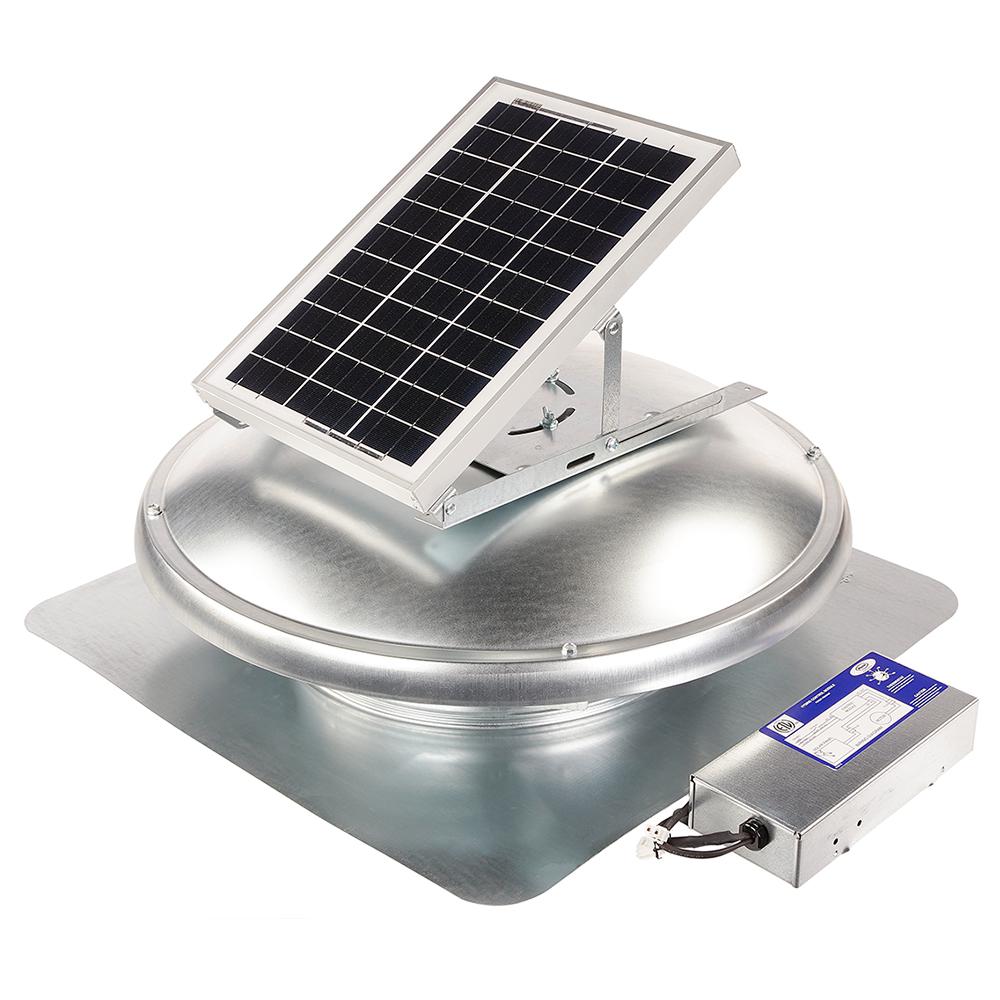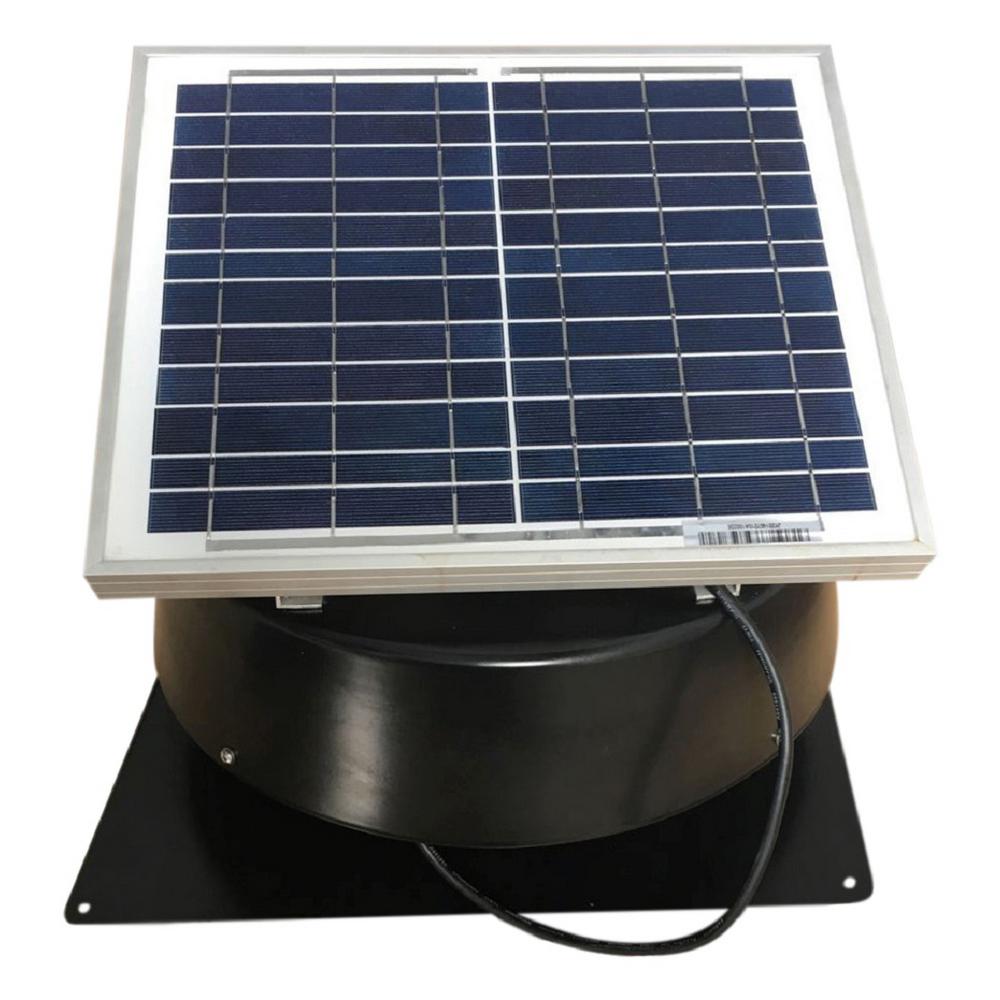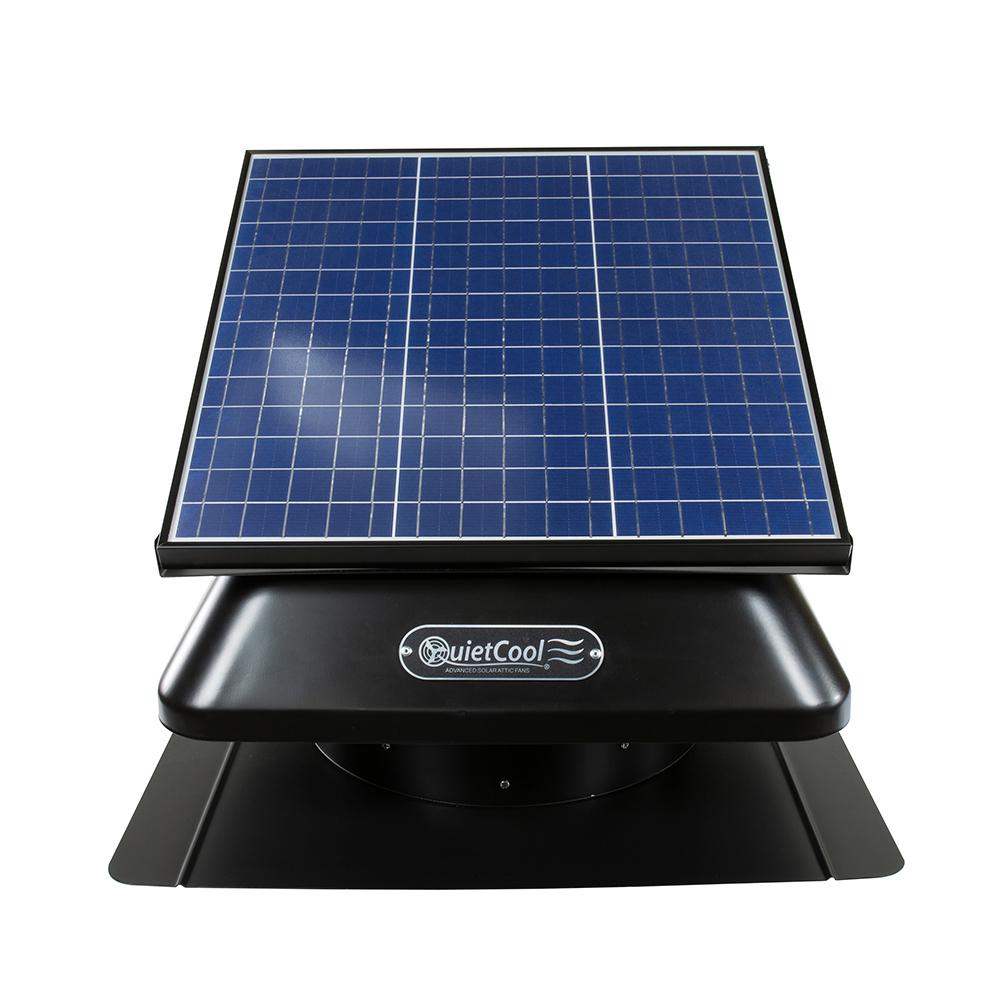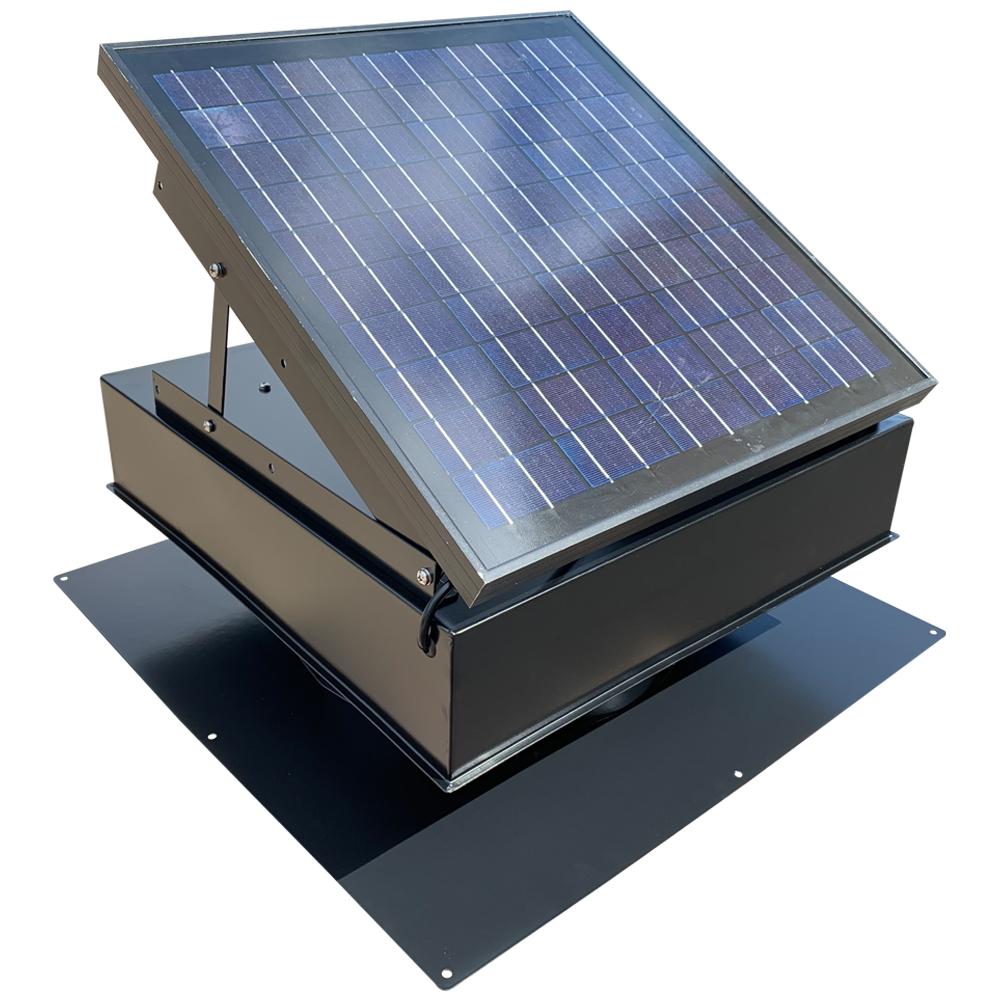If you re looking to improve your energy use check out these five different ways to make your attic more energy efficient.
Do adding solar panels reduce attic temperature.
April 19 2019 posted in.
You insulate your home to reduce temperature fluctuations and save on utility bills but then you allow fresh air to flow through the attic no.
Ad the infrared rays from the sun are powerful.
In fact the researchers determined that the savings from reduced cooling amount to a 5 percent discount on the solar panels price.
The color of the shingles you choose for your build can have a significant impact on the building s energy efficiency.
Radiant barriers are utilized to reduce summer heat gain in attics.
5 ways to make your attic more energy efficient.
Attic temperatures can vary as much as 20 to 40 degrees f which in turn can reduce energy consumption by 20.
The way your attic retains or releases heat can affect your entire house and implementing a simple set of solutions can make your attic more energy efficient.
The color shingles your clients choose can have significant effect on the temperature of the upper levels of the building.
By shading your roof solar panels can lower the temperature of your home by several degrees.
They don t show the attic temperatures here but if the shingles are cooler the attic is cooler.
The graph is from page 30.
Do solar panels keep your roof and attic cooler.
Attics heat up when the sun s radiant energy heats the shingles and the heat is transferred to the interior attic space through the roofing materials via conduction.
You can read more about this in fsec s literature review of attic ventilation pdf.
A solar panel array on the roof helps to block direct solar radiation and therefore lowers the roof deck temperature as well as heat gain into the attic.
At first glance it can seem counter intuitive.
The solar attic fans all moved less than 1 000 cubic feet of air per minute cfm and they did nothing to lower the temperature inside my own attic.
The researchers found that solar panels can lower a roof s temperature by 5 degrees fahrenheit or about 3 degrees celsius.
Increasing summer energy consumption and cooling costs.










